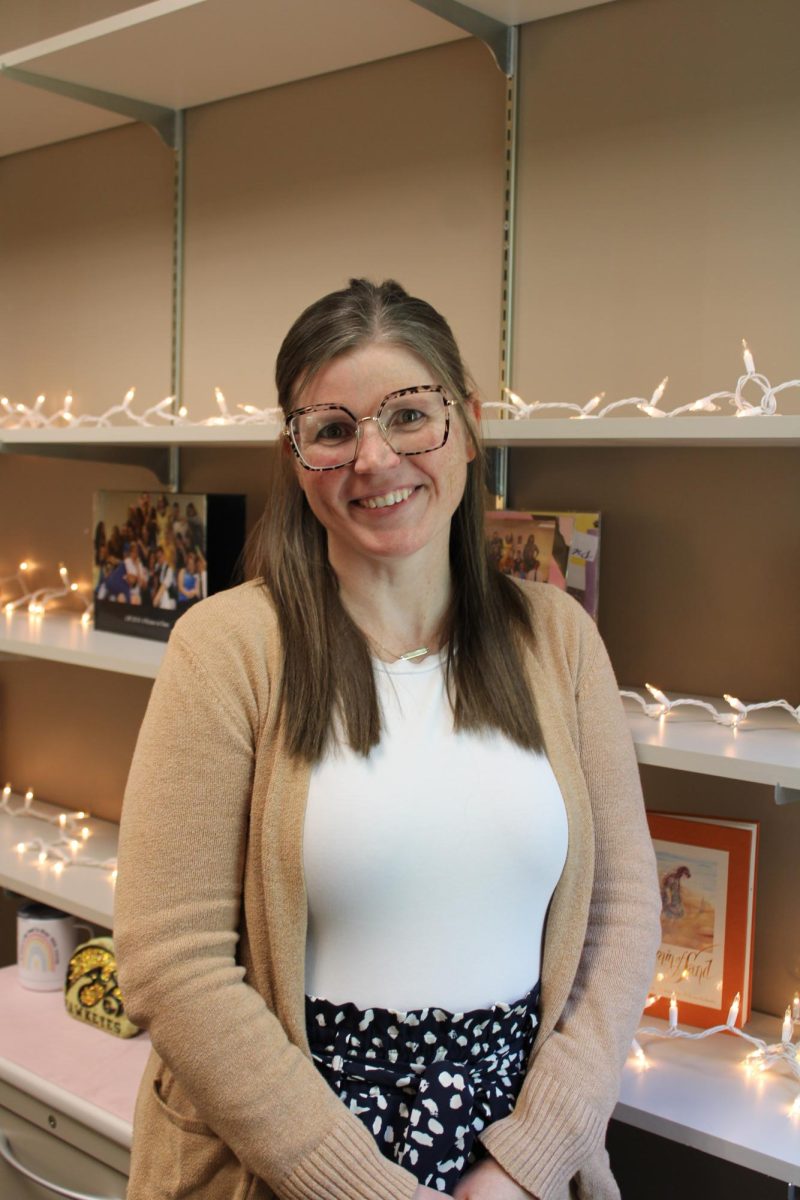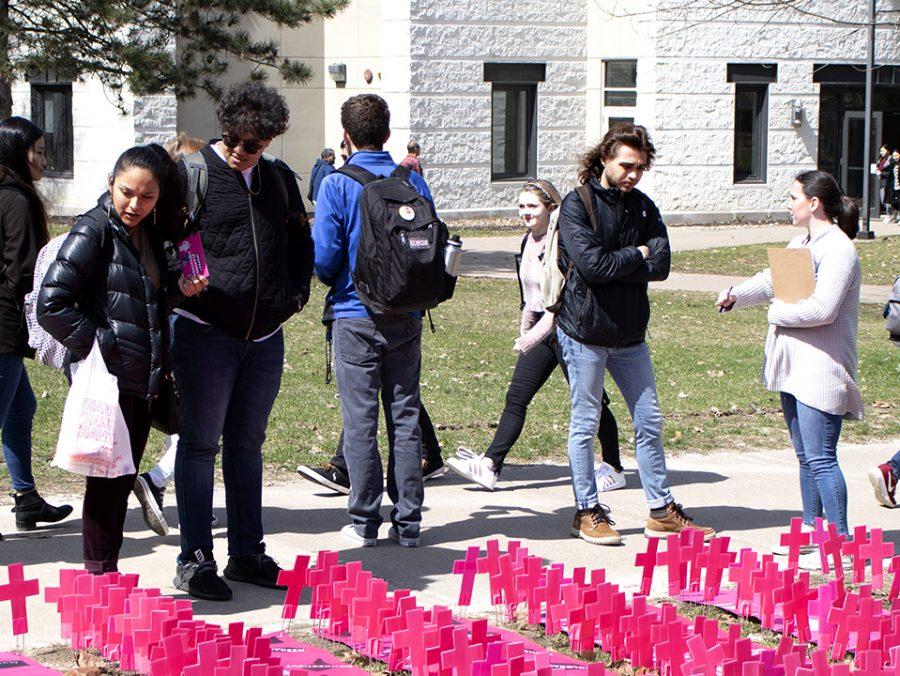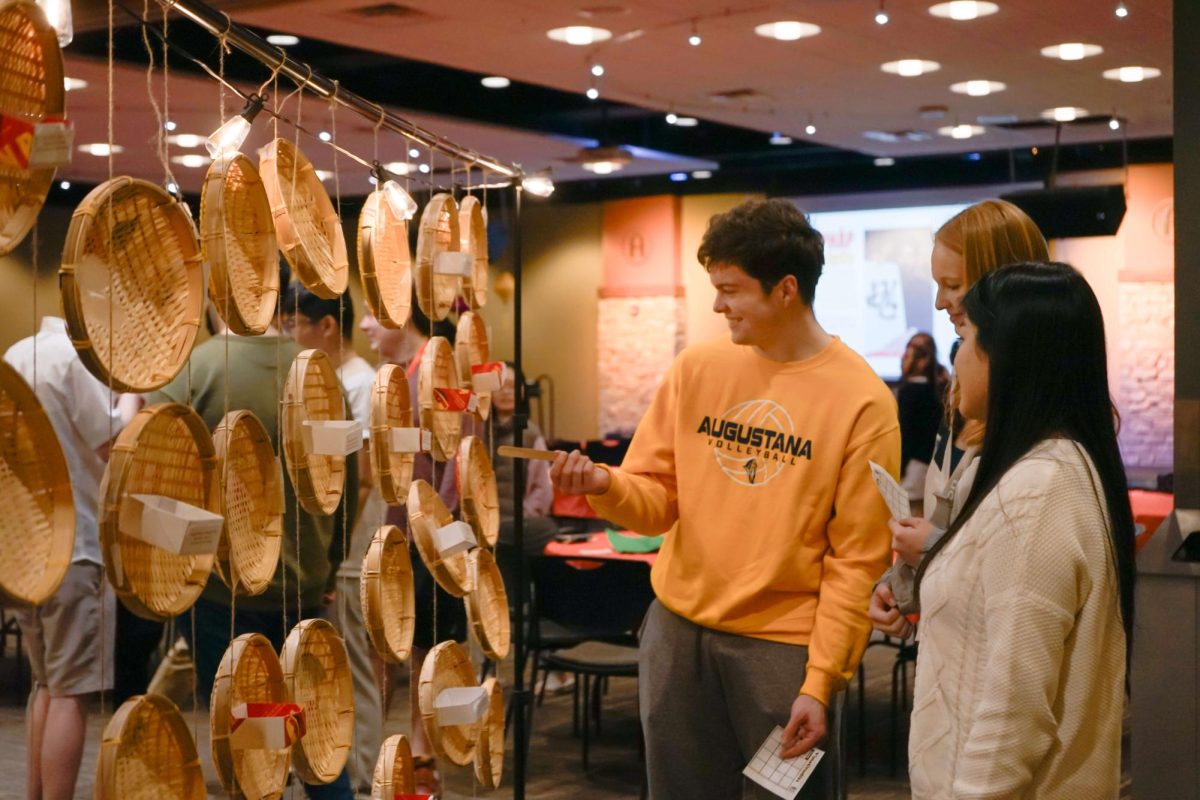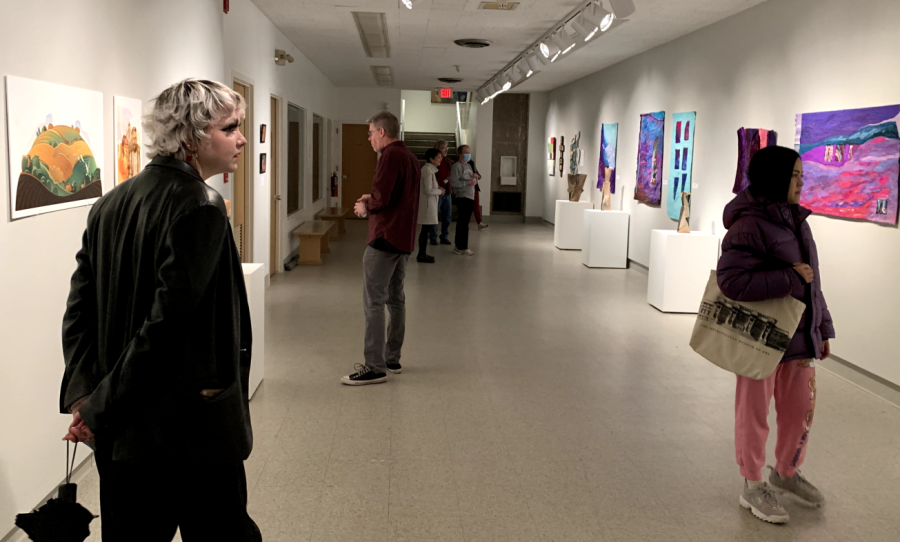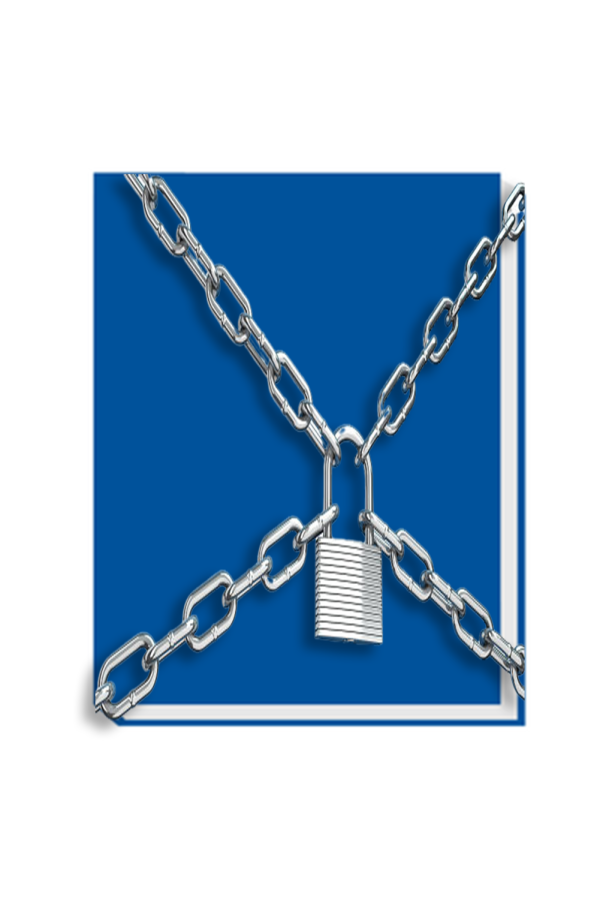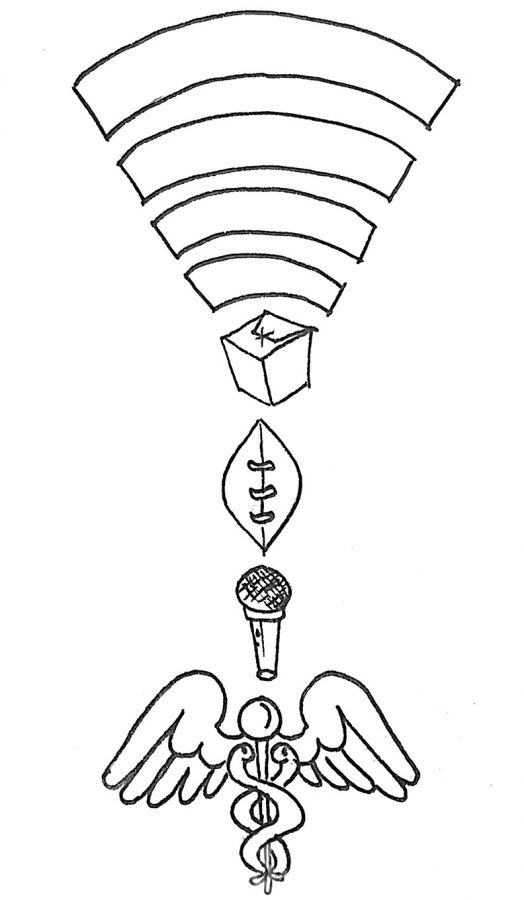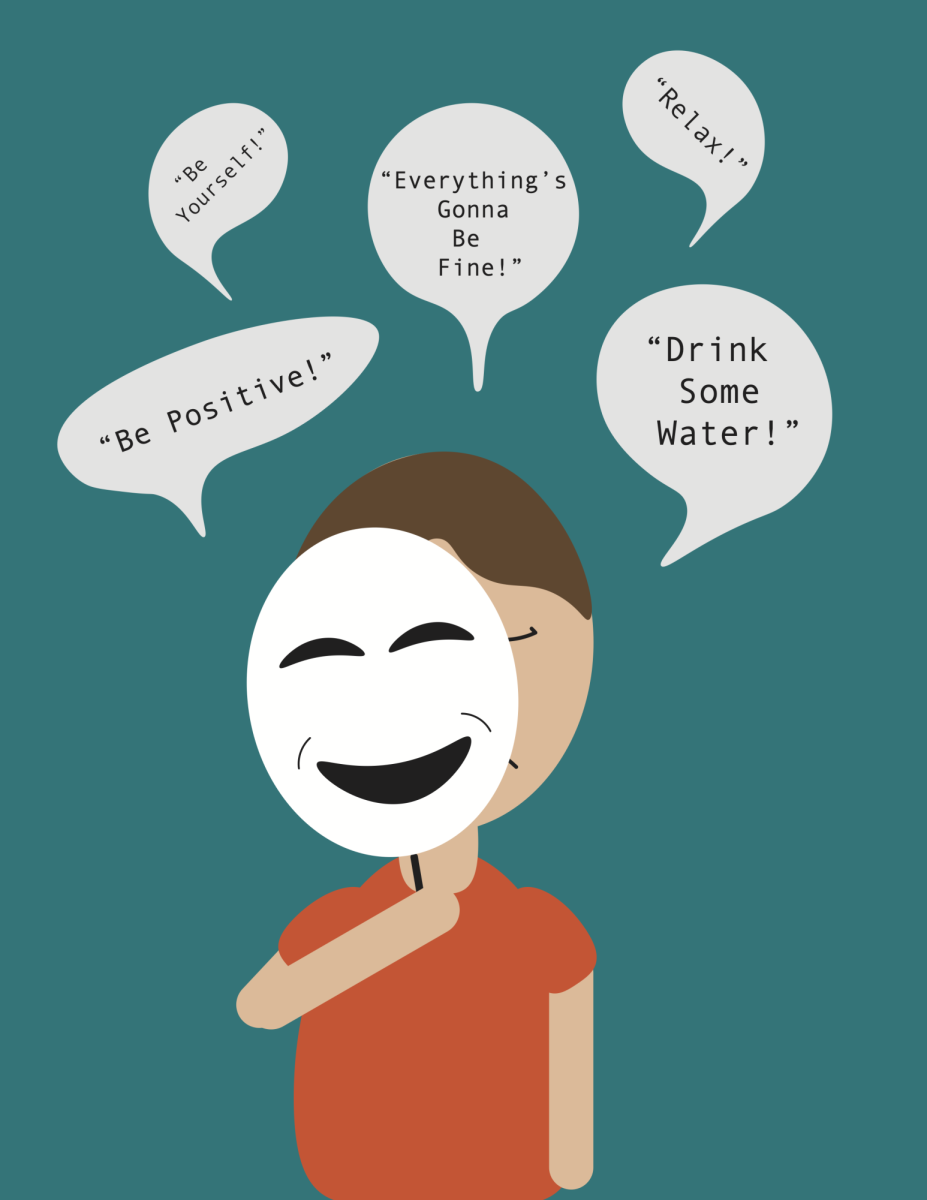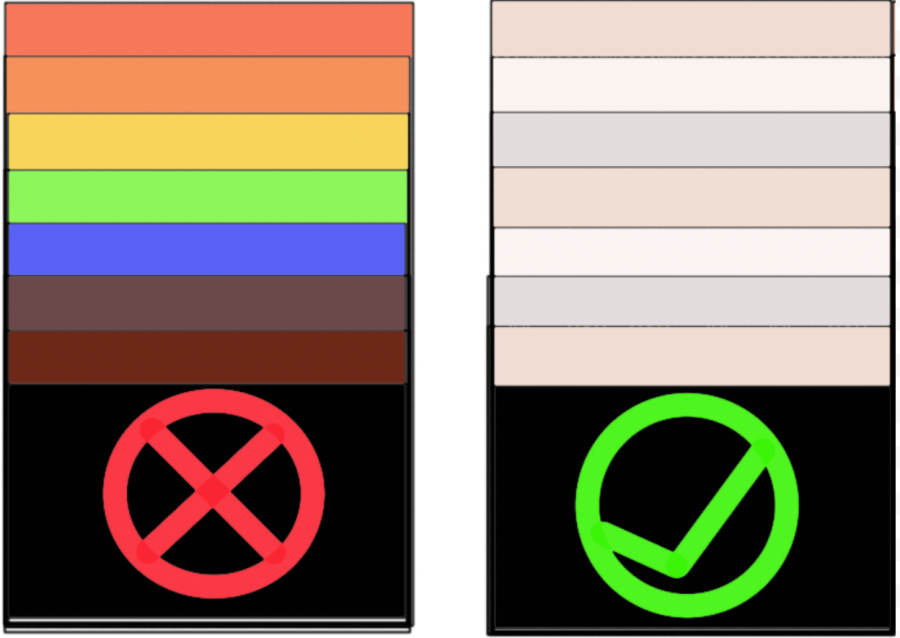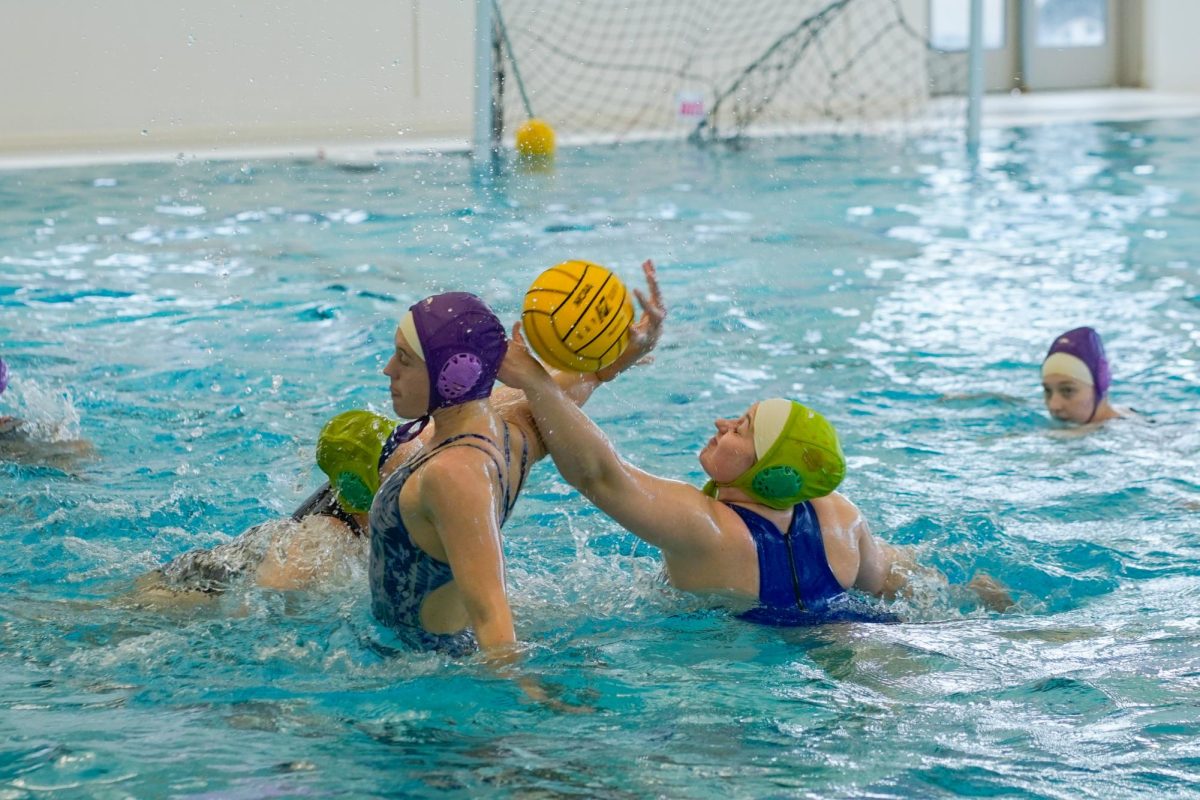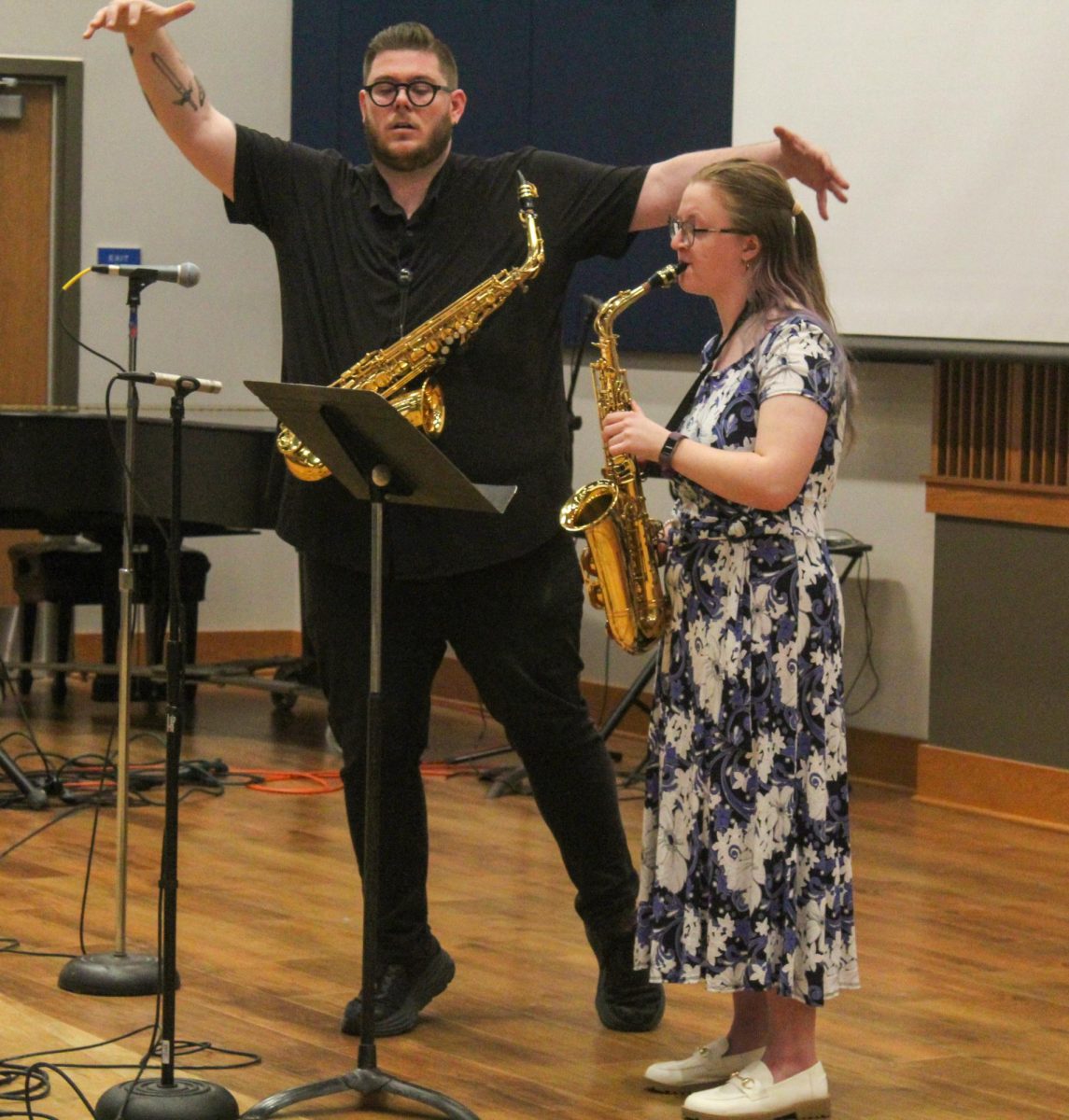In the back corner on the second floor of Founders Hall sits Augustana College’s student counseling services staff. For such a small nook located atop the hill, they reported 2,250 appointments in the past academic year (2014-15).
Counselors Allison Koster, Mike Tendall, and Deborah VanSpeybroeck, with assistance from secretary Cheri Mizaur, fulfill the mental health needs for a campus of approximately 2,500 students.
There is only one word to describe the schedules of the three counselors: busy. As enrollment has increased over the years, so has the amount of appointments.
Approaching the fourth week of classes in the 2015-16 academic year, the open appointment times have already started decreasing.
“We’re getting less available slots in our schedule,” said Tendall. “We ‘technically’ can see 35 people a week.”
However, 24 is the number that most therapists agree is a full schedule, according to Tendall and VanSpeybroeck.
Augustana’s student counseling services assists an estimated one in seven students on Augustana’s campus, which amounts to about 117 students per counselor.
However, unlike similar institutions, Augustana has not had to utilize a waiting list.
“We see people certainly if they’re in crisis, that day,” said Tendall, “and less urgent cases within days, and everybody (who requests an appointment) within a week.”
The need for more counselors has steadily increased over the years. Currently Tendall and VanSpeybroeck serve full-time, while Koster serves half-time.
“We were always busy, and certainly adding her (Koster) half-time helped,” said Tendall. “If we added her full-time she would probably be busy.”
In the 2011-12 academic year, Koster was placed on maternity leave, which meant Tendall and VanSpeybroeck worked to service the 1,892 appointments that year.
That meant 946 appointments for both counselors, if split evenly. That amounts to 29 students per week alone.
“Having a half-time position, it helps our mental health,” said Tendall. “I feel much better that we can manage it (the work load). The school has been very responsive to our needs.”
According to data provided by the student counseling services, Augustana students typically spend six to eight sessions with the staff, which is higher than national data, at 4.75, according to the Center for Collegiate Mental Health (CCMH).
However, the CCMH statistic claims that five sessions is not long enough to properly treat students.
“Once every eight to 10 years, we bump up staff,” said Tendall. “It was getting untenable, so Allison came back. So far, they’ve (Augustana) kept pace, in another five years then maybe we’ll have three full-time (counselors).”
The team of three, which has been operating since 2012-13, took 211 more cases in that academic year, after Koster returned half-time.
“We’re creeping up,” said Tendall, “but we’re not rocketing up.”
All of the counselors work together to make sure every need is met.
Technically, the college is in accordance with the recommendations from The International Association of Counseling Services, employing one full-time employee to each 1,000 to 1,500 students.
“We’re lean, but there’s an upside about that,” said Tendall. “We just see people. We just make sure people get plugged in to what they need.”
While they’ve come a long way from the days they were located in the basement of Evald Hall in the infirmary, the counselors are still tackling issues related to the well-being of students.
Tendall and VanSpeybroeck have noticed changing trends over time within the student body they assist.
“More students coming to college having mental health diagnoses, sometimes there are multiple things going on, and more complex presentations of symptoms come up,” said VanSpeybroeck. “I’d like to think that the reason for that is that the stigma of mental health is decreasing.”
Nationally, nearly 10 percent of current college freshmen said they “frequently” felt depressed, according to a survey of first-year students by the University of California-Los Angeles’s Higher Education Research Institute.
The American Freshman Survey provided an annual report for 2014, and when college freshman were asked to rate their emotional health in relation to other people their age, only 50.7 percent of the students reported that their emotional health was “in the highest 10 percent” of people or “above average.” This statistic is at its highest since 1988.
According to Active Minds, an estimated 26 percent of Americans ages 18 and older – or about 1 in 4 adults – live with a diagnosable mental health disorder.
The American College Health Association (ACHA) reported that the suicide rate among young adults, ages 15-24, has tripled since the 1950s and suicide is currently the second most common cause of death among college students.
While previous treatment records have increased, some statistics have remained the same.
According to the Association for University and College Counseling Center Directors (AUCCCD)’s 2013-14 data, the top concerns among college students are anxiety, depression, relationship problems, suicidal ideation, self-injury, and alcohol abuse, respectively.
Augustana follows a similar pattern citing anxiety, depression, relationship problems, interpersonal conflict, and substance abuse, as the top concerns to seek counseling.
However, the 18-24 year old age group shows the lowest rate of help-seeking. If anything, students will speak to a close friend first. That’s how the office gets most of their recommendations.
“The biggest (way) is world of mouth. It’s a student referring another student,” said Tendall. “Then it drops down to recommendations from the dean of student life, residential life, and faculty.”
According to Active Minds, a nonprofit organization dedicated to raising mental health awareness among college students, 67 percent of college students tell a friend they are feeling suicidal before telling anyone else.
While the task of mental health programming has been spread across campus to the Office of Student Life, Residential Life, and other resources, the student counseling services office still serves as a hub for information.
“I think the college is much more proactive through EMERGE and other programs than they were in the past,” VanSpeybroeck said.
While the college provides programming, the counselors, ideally, would still like to provide more preventative programming to allow for better and more specialized care.
“We’d like to do things preventatively,” said VanSpeybroeck. “Teaching people to swim, instead of pulling them out when they’re drowning.”
However, this would mean a larger budget and more accessible resources would have to be made available.
“We have a more reactive model, than a proactive one, “ said Tendall, “but that would be on my wish list, having those resources, but resources are short.”
As mental health becomes an increasingly important issue on campuses nationwide, so will the concerns for the student counseling services office. According to the American Psychological Association, 19 percent of directors report the availability of psychiatric services on their campus is inadequate.
“My wish would be that we have an alcohol educator, a sexual assault educator, a person who could be dedicated programmatically to do a lot of psych-educational work,” said Tendall. “Especially those two topics.”
